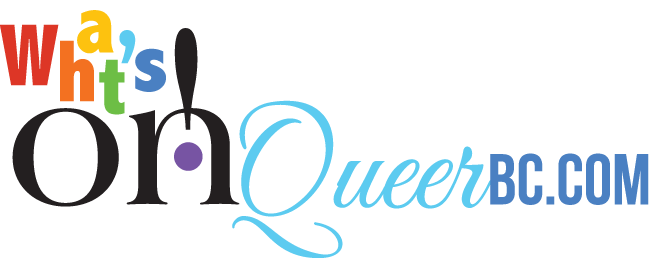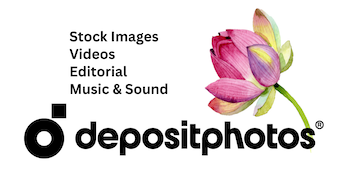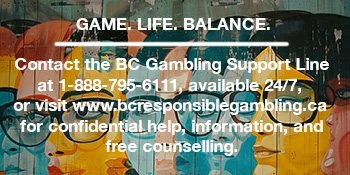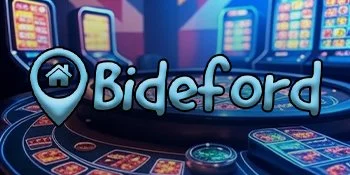Empowering LGBTQ+ Youth with Creative Learning Support
Learning—true, impactful learning—isn’t one-size-fits-all. That’s no secret. But for LGBTQ+ youth, the journey through education is rarely as smooth or inclusive as it should be. According to a 2023 GLSEN report, nearly 70% of LGBTQ+ students experienced verbal harassment based on sexual orientation, and 59% based on gender expression. That’s not just bullying—it’s an obstacle to learning, growth, and feeling like you belong.
So, what’s the antidote?
It starts with creative learning. Add in inclusive education. Sprinkle some digital support tools. Stir vigorously with empathy. You now have the foundation for real student empowerment—not in a theoretical sense, but in the here-and-now, life-changing kind of way.
Rethinking the Classroom: Space, Voice, Visibility
Imagine a classroom. Chairs in rows, textbook open, teacher at the front.
Now, erase that.
Picture a space where students co-create knowledge. Where pronouns are respected without question. Where queerness isn’t an exception but a dimension of learning.
This isn’t idealism. It’s inclusive education. And when it's implemented with care, LGBTQ+ youth don't just survive—they thrive.
They see themselves reflected in the curriculum—yes, literature that includes queer authors, history lessons that recognize Stonewall, math problems with gender-neutral names. It's small on paper, but monumental in meaning.
Want a real-world twist? A 2022 study from the Trevor Project found that LGBTQ+ students who felt supported by their schools were 60% less likely to attempt suicide. Visibility and validation save lives. Literally.
Creative Learning: The Bridge Between Identity and Expression
Let’s talk about creative learning.
Not just glitter and paint (although, let’s be honest, those are powerful too). This is about freedom—freedom to explore identity through expression.
Digital storytelling projects. Interactive workshops. Role-playing simulations. Even problem solving tools like math solver AI. These aren't just “fun activities.” They're spaces for becoming. When an LGBTQ+ student builds a game about their journey, writes a poem about being non-binary, or choreographs a dance about acceptance, they aren’t completing an assignment—they’re rewriting the narrative of who they are in a world that too often tries to write it for them.
Creative learning creates that weird, powerful loop: empowerment → expression → reflection → more empowerment.
A simple example? The use of collaborative digital art platforms like Canva or Jamboard in safe, moderated spaces gives LGBTQ+ youth control over how they show up. For many, it’s the first time they’ve had that.
Digital Support: Access, Anonymity, Autonomy
Let’s shift screens.
In a digital-first world, many LGBTQ+ students find refuge and connection through apps, platforms, and virtual communities. But it’s not just social—it’s academic, emotional, and critical.
Digital support takes the shape of:
Chat-based mental health tools (like Q Chat Space, run by CenterLink)
LGBTQ+-affirming online tutoring and peer groups
Queer-friendly learning platforms with built-in support features
For students in rural or conservative areas, these tools are not just helpful—they’re essential. Anonymity and access give them agency. They can ask questions without fear. Learn without being outed. Seek help without judgment.
Digital bridges are often the only bridges. We must not only maintain them—we must widen them.
Inclusive Education Is Not Just a Policy, It’s a Praxis
It’s easy to throw words around: diversity, inclusion, equity.
But for LGBTQ+ youth, inclusive education must go beyond slogans. It should infuse every level of design—from lesson plans to institutional policy.
Teachers need training. Not optional seminars. Real, immersive education on how to navigate gender, orientation, identity, and intersectionality.
Administrators need to back that up with protection. Title IX rights. Bathroom access. Name changes. Classroom respect. Every policy is a mirror: will the student see themselves reflected or erased?
Also—don’t underestimate the power of peer culture. Clubs like GSAs (Gender and Sexuality Alliances) become incubators for student empowerment. Students not only feel heard; they become the ones doing the listening.
Student Empowerment Isn’t a Buzzword—It’s a Lifeline
Here’s the truth: empowered LGBTQ+ youth change everything.
They push back on oppressive norms. They redefine community. They tell their stories in ways no curriculum ever could.
But that requires room to grow, and tools to build. Think about it. What happens when a trans student designs their own digital portfolio to challenge stereotypes? Or a queer teen runs a podcast dissecting gender in pop culture? Or a group of non-binary learners leads a coding class for middle schoolers?
These aren’t just “projects.” They’re declarations: I am here. I matter. I’m shaping the world I live in.
Let’s Build Systems, Not Just Safety Nets
It’s not enough to protect LGBTQ+ students. That’s the floor. We need to elevate them.
That means building structures of learning—flexible, affirming, creative ones—around their voices, not just around their needs.
Yes, start with trauma-informed practices. But don't stop there. Move toward joy-centered, identity-affirming education. Embrace discomfort. Break the binary—in pedagogy, in classroom roles, in expectations.
The goal? A system where LGBTQ+ youth don’t just feel tolerated or “included.” One where they lead, create, innovate, and take pride in every inch of who they are.
Conclusion: Education as Liberation
This is the blueprint:
Create inclusive education that doesn’t erase identity.
Provide creative learning pathways that allow personal truth to surface.
Ensure digital support that enables access, autonomy, and safety.
Cultivate student empowerment not as a gift, but a right.
There’s no single solution. But if there were a direction? It would point toward the voices we’ve too long silenced. Toward the spaces we've ignored for too long.
In empowering LGBTQ+ youth through learning, we’re not just helping them navigate the world.
We’re helping them reshape it.
And isn’t that what education was always meant to do?









